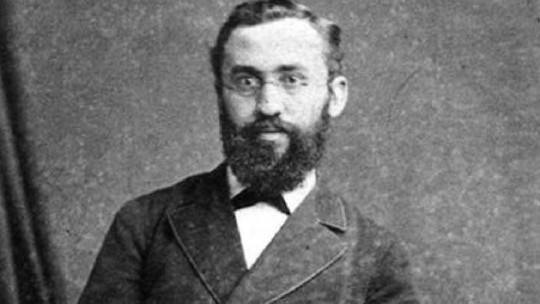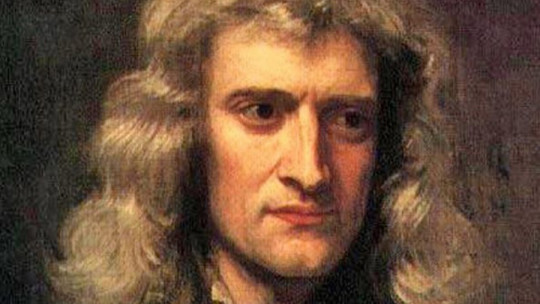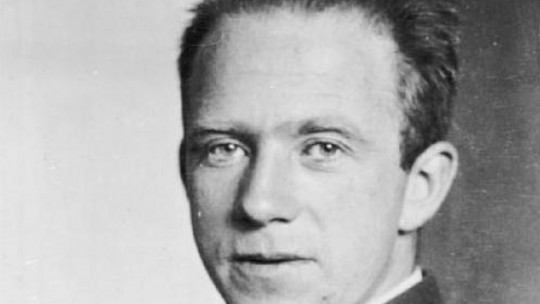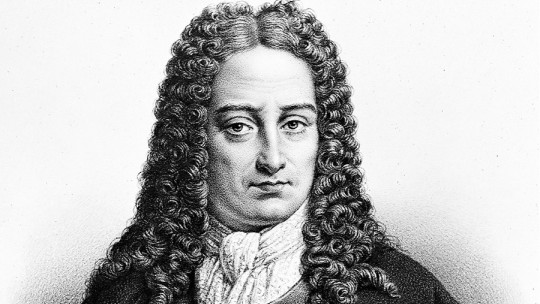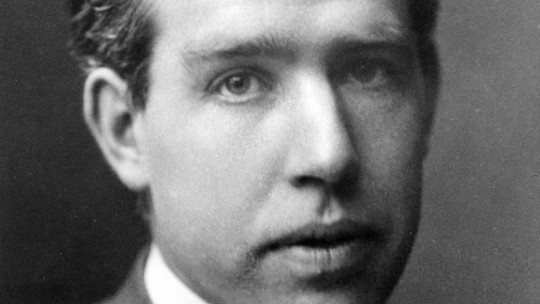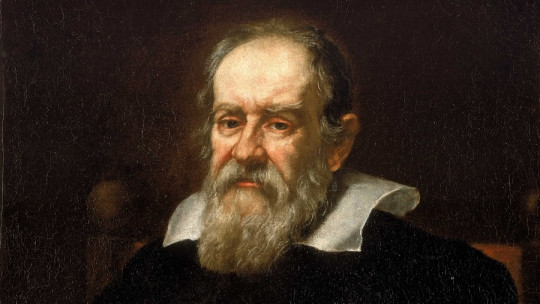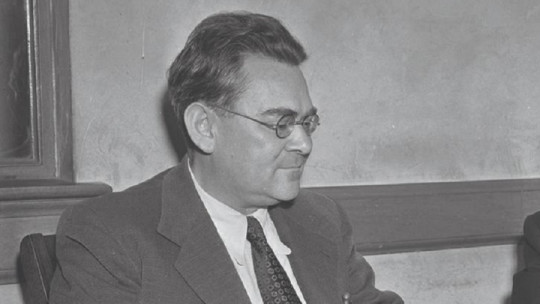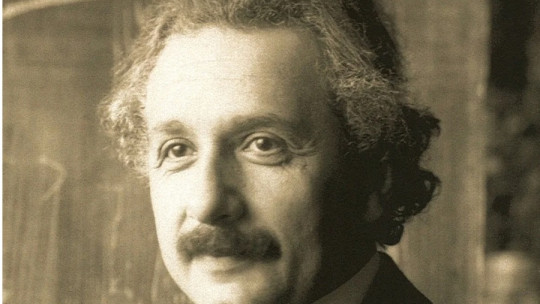
Considered the greatest physicist since the time of Isaac Newton, and becoming the stereotype of what a scientist looks like, Albert Einstein is the first person that comes to mind when we talk about science.
Originally from Germany and raised in a Jewish family, his early childhood was that of a boy who did not seem to be as intelligent as he would end up being. However, his genius was so great that he basically laid the foundations of what we call modern physics today.
Today we are going to see what the life of this scientist was like through a biography of Albert Einstein looking at how it became so famous and why it is so important to physicists today.
Brief biography of Albert Einstein
Albert Einstein was a German physicist of Jewish origin who is, probably the most important scientist of modern times If Isaac Newton is credited with having laid the foundation for classical physics, it is Einstein who gave the starting point to modern physics with his well-known theory of relativity.
Einstein’s science was not exactly easy to understand. Even the most expert physicists of their time had problems understanding some of Einstein’s postulates, sometimes considered unintelligible. However, both during the physicist’s life and after his death, many of the most surprising and incomprehensible aspects of relativity would end up being confirmed, demonstrating his great genius and making Albert Einstein one of the most famous and admired characters in history. history.
In fact, it is so admired today that it transcends physics books. He remains a mythical figure of our time, emblazoned on posters and t-shirts with his peculiar gesture of mockery, sticking out his tongue irreverently. There are many who have a photo of Albert Einstein in their room, as if it were a famous actor or singer. He is known by many as the accidental “father of the atomic bomb”, despite having had pacifist and anti-war positions most of his life.
Early years
Albert Einstein was born in Ulm, Germany, on March 14, 1879 He was the firstborn of Hermann Einstein and Pauline Koch, both Ashkenazi Jews originally from Swabia. A year after Albert was born, his family moved to Munich, where his father established himself as an electrical appliance dealer along with his brother Jakob.
Despite his family’s faith, little Einstein went to a Catholic primary school in the city of Munich, where some of his teachers saw him as a slow, even unintelligent boy. Albert Einstein is described as a quiet and absorbed child Many say that he had slow intellectual development and even that he was a poor student as a child.
In 1881 his sister Maya was born. In 1894, the Einstein family had to move to Milan, Italy, due to financial problems, but Albert continued to live in Munich to finish his high school studies. He would be reunited with his parents the following year.
Higher education
In the autumn of 1896 he began his higher studies at the Eidgenössische Technische Hochschule in Zurich. Over there He had the opportunity to be a disciple of the mathematician Hermann Minkowski He would graduate as a secondary school teacher in mathematics and physics. As soon as he finished these studies, he would spend some time providing his services at the Confederal Office of Intellectual Property in Bern (1902-1909).
In 1903 He married Mileva Marić, a Serbian mathematician who had been his former classmate at the Zurich Polytechnic With Mileva he had had a daughter out of wedlock in January 1902, named Lieserl.
It is not known what exactly became of the girl, although it is hypothesized that, due to the couple’s financial problems, she was put up for adoption in Serbia shortly after getting married. Later, they had two other sons who stayed: Hans Albert (1904) and Eduard (1910).
The couple moved to Berlin in 1914, but spent the next few years apart. Finally, in 1919, Albert and Mileva divorced. This break was taken advantage of by Einstein, who He remarried, this time to his cousin Elsa Einstein He did not have children with her.
Laying the foundations of relativity
The year 1905 was Albert Einstein’s Annus Mirabilis when he published five works in the Annalen der Physi k, a prestigious German magazine specialized in physics. The first of them, “A new determination of molecular dimensions”, allowed him to obtain a doctorate at the University of Zurich, and the rest would end up imposing a 360-degree turn in the image that science had of the universe.
Of these four, the first provided a theoretical explanation in statistical terms of Brownian motion the second gave an interpretation of the photoelectric effect based on the hypothesis that light is made up of individual elements, today known as photons.
The remaining two works are no less important, since they were the ones that laid the foundations of the restricted theory of relativity. It is in these works that he presented his well-known formula: E = mc², where Energy (E) is equivalent to a certain amount of matter and its mass (m) times the speed of light (c), which is assumed to be constant. .
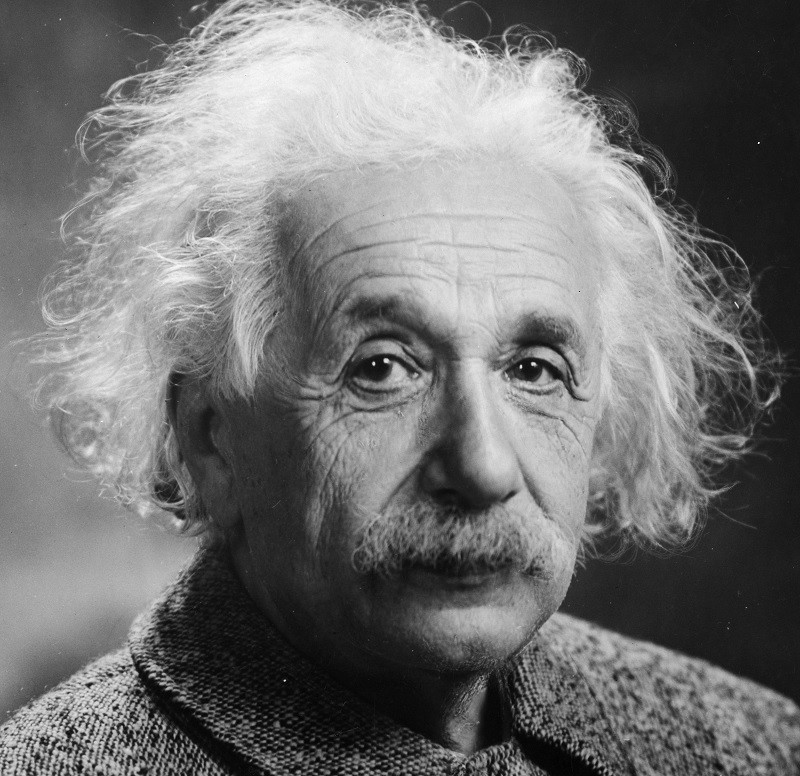
Einstein’s great genius and effort made him known among the most important German and European physicists However, public recognition on a global scale came when his theories earned him the Nobel Prize in Physics in 1921, awarded for his work on Brownian motion and his interpretation of the photoelectric effect.
In 1909 he began his career as a professor at the University of Zurich, then moved to Prague and returned to Zurich again in 1912, this time as a professor at the Federal Polytechnic of Zurich, where he had studied. Finally, In 1913 he was appointed director of the Kaiser Wilhelm Institute of Physics in Berlin n.
First World War
In 1914 he moved to Berlin to become a member of the Prussian Academy of Sciences. He had to separate from his family with the outbreak of the First World War, who was on vacation in Switzerland at the time. He never met her again. At that time Albert Einstein came out completely against the war, unlike the Berlin academic community. His attitudes were influenced by the pacifist doctrines of the French writer Romain Rolland.
Between 1914 and 1916, his scientific activity focused on perfecting the general theory of relativity He relied on the idea that gravity is not a force but a field created by the presence of mass in the space-time continuum.
At the end of the Great War, the confirmation of his predictions regarding celestial bodies was confirmed when the solar eclipse of May 29, 1919 was photographed. The Times presented Albert Einstein as the new Isaac Newton, which caused his international fame to grow. to unexpected levels. This forced him to multiply his dissemination conferences all over the world, always traveling in third class on the railway and with his inseparable violin case.
Recent years: searching for a unifying theory
During the 1920s, Albert Einstein focused on finding a mathematical relationship between electromagnetism and gravitational attraction
He invested so much effort in advancing what he believed was the ultimate goal of physics: discovering the common laws that should govern the behavior of all objects in the universe, from subatomic particles to galaxies and other stellar bodies. He wanted to group them into a single unified field theory, but he did not obtain good results and ended up arming himself, gradually isolating himself from the rest of the scientific community.
With the arrival of Adolf Hitler to power in 1933, Albert Einstein’s loneliness was compounded by the need to renounce his German citizenship and having to move to the United States
He would spend the rest of his life there, working at the Institute of Higher Studies in Princeton, New Jersey. In that same city He would die on April 18, 1955, at the age of 76 causes internal bleeding caused by the rupture of an abdominal aortic aneurysm.
It is said that just before he died, he said his last words in German. Sadly, the nurse caring for him at Princeton Hospital did not speak that language, so what he said was lost to time.
- You may be interested: “Hermann von Helmholtz: biography of this German doctor and physicist”
The development of the atomic bomb and the pacifist cause
During the last years of his life, the bitterness at not finding the formula that would reveal the secret of the unity of the world increased when he had to intervene dramatically in defense issues. In 1939, at the request of physicists Leo Szilard and Eugene Paul Wigner, and convinced that the Nazis were about to manufacture the atomic bomb, Einstein addressed President Franklin D. Roosevelt requesting that he initiate a research program on atomic energy
The United States’ atomic development led to the end of World War II, but at a very high human cost. With the atomic bombings of Hiroshima and Nagasaki, Albert Einstein joined other scientists looking for a way to prevent the use of atomic bombs again and proposed the formation of a world government based on the newly founded United Nations. He became an international disarmament activist, as well as contributing to the Zionist cause.

